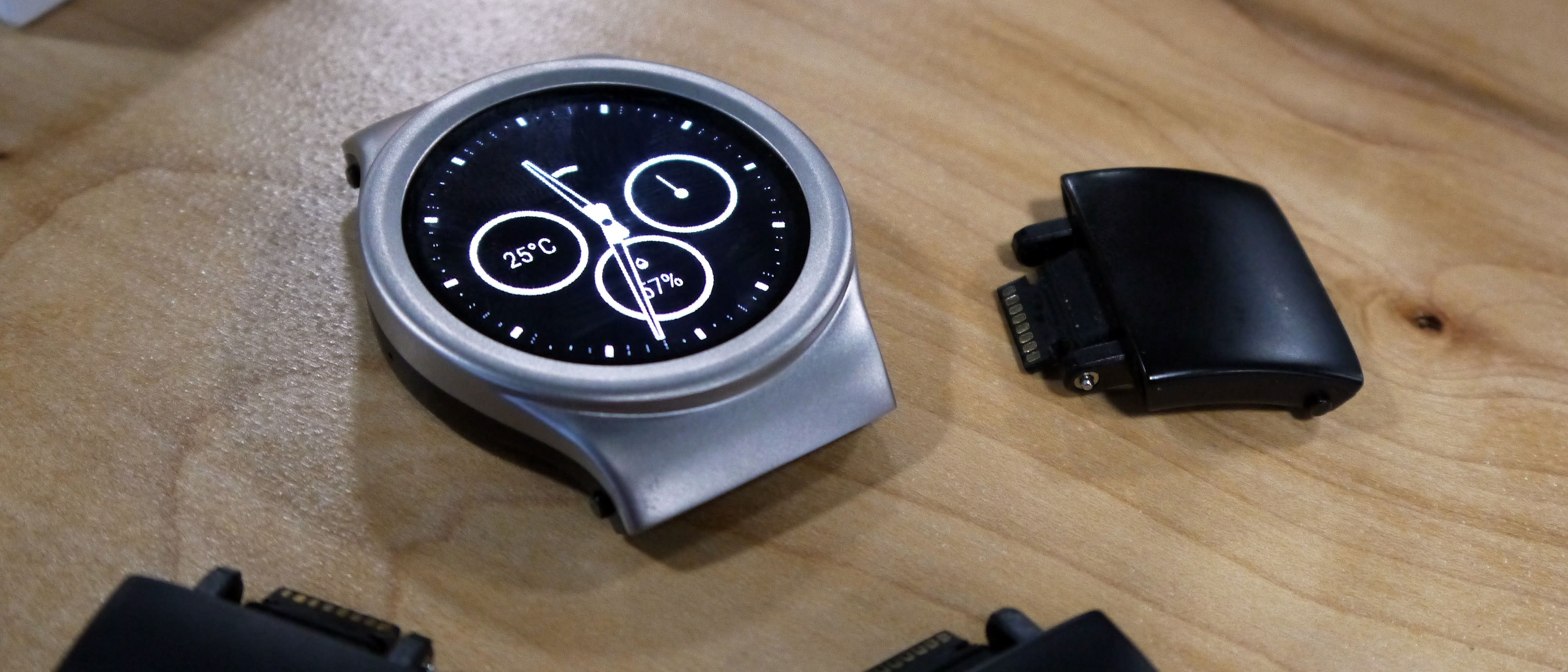Early Verdict
An exciting step forward for the wearable market, with innovative technology that holds an awful lot of potential.
Pros
- +
Exciting potential
- +
Easy to switch modules
- +
Use multiple modules at once
Cons
- -
Modules are unsightly
- -
Not overly comfortable
Why you can trust TechRadar
The Blocks Core is the world's first modular smartwatch, allowing you to add features when you need them, and remove them when you don't.
We've seen modular smartphones, but it's only Motorola that has made it reallt work so far, so will modular smartwatches fare better?
Blocks has developed several modules already, but there are many more planned. By the end of January 2018, it will release a developer kit so others can also make modules for the watch.
The early signs are promising then, but plentiful modules is only part of the puzzle, as they need to be paired with a decent device.
Blocks Core release date and price
Currently the Blocks Core is available for pre-order, with a rough release date of 'end of Q2’ attached to it.
When it comes to the Block Core price, the watch on it's own is $259 (around £190, AU$330), but it will also be sold as a bundle with four modules of your choice for $399 (around £300, AU$500).
If you want to buy individual modules, they cost $35 (around £25, AU$45) each.
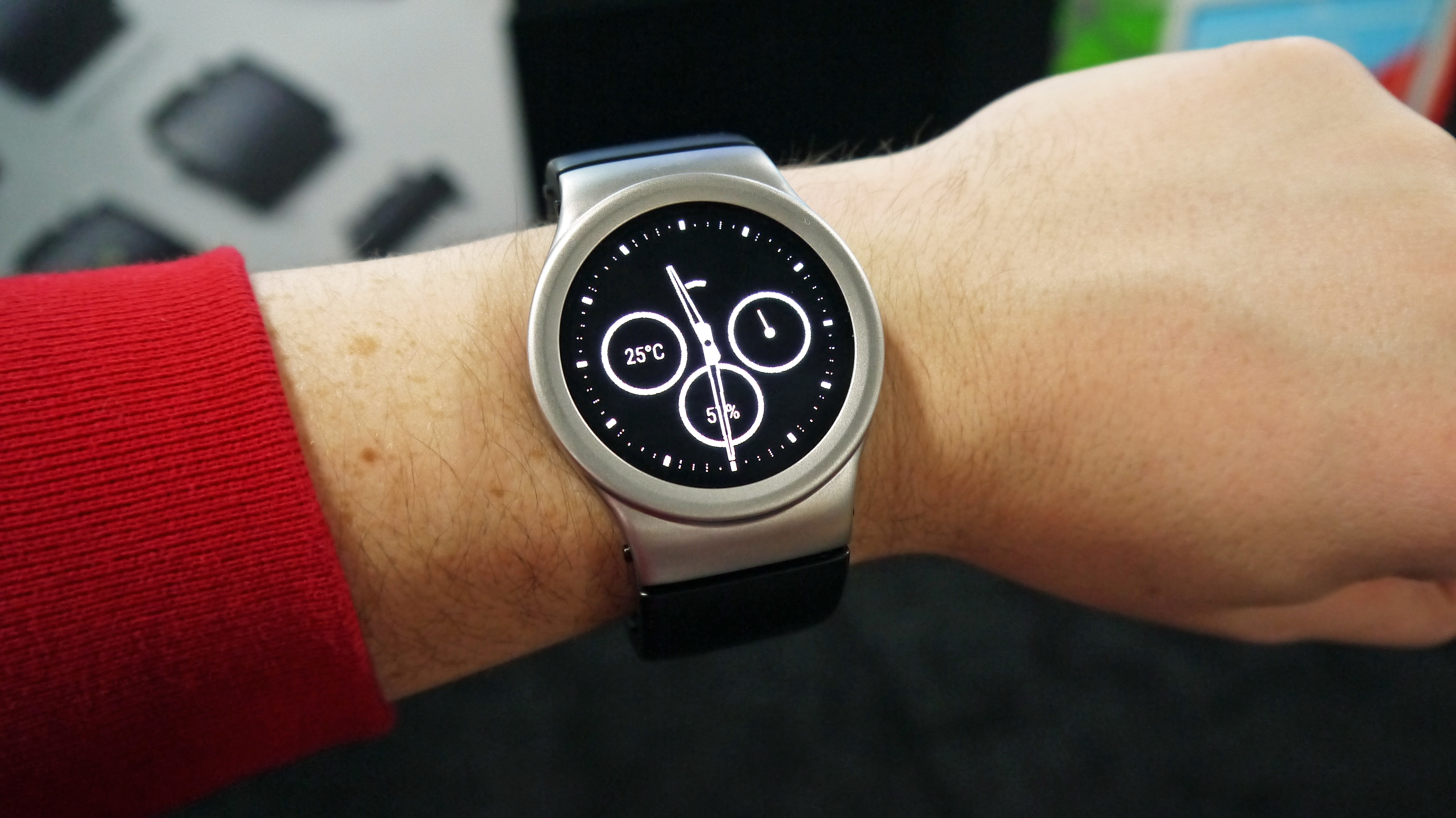
Design and modules
The main watch body is the Blocks Core, and it has a premium look and feel with an all metal design.
You can attach any 22mm strap to the watch body, and use it as a standard smartwatch with no modules at all.
But who'd want to do that? We want modules!
Modules can snap on both the top and the bottom strap connectors, and the modules themselves are actually part of the strap, which means they'll sit round your wrist.
You can stack modules, allowing you to have several connected at the same time. Blocks says you'll likely not want more than four on at any one time, and those with smaller wrists will want to top out at three.
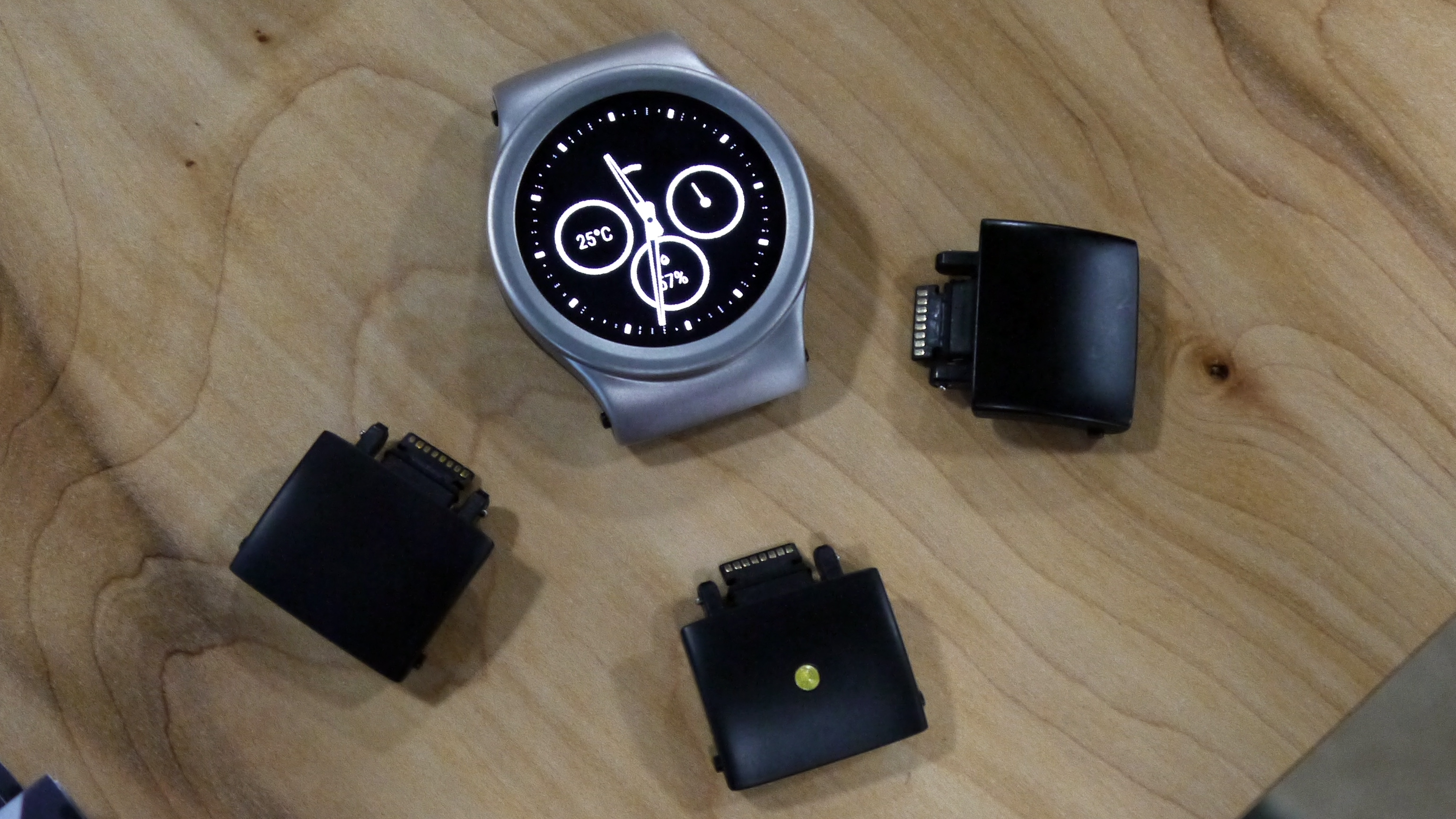
We tried the Blocks Core on with four modules attached, and it felt big and bulky. The watch body itself is also sizable and it'll likely swap smaller wrists.
There is a little bit of flex in the connections between modules, but they aren't form hugging like a traditional strap.
They're also not visually alluring, as they're just black blocks, so you'll have to compromise on style if you want to go modular.
The modules are really easy to click together and unclick, which makes swapping them around no hassle.
Currently there are six modules available, a heart rate sensor, GPS, LED torch, Adventure (barometer), programmable button and an extra battery.
Blocks already has more modules it's planning on releasing in the future, including a fingerprint scanner, NFC, camera and a SIM card slot.
Blocks Core hands on gallery
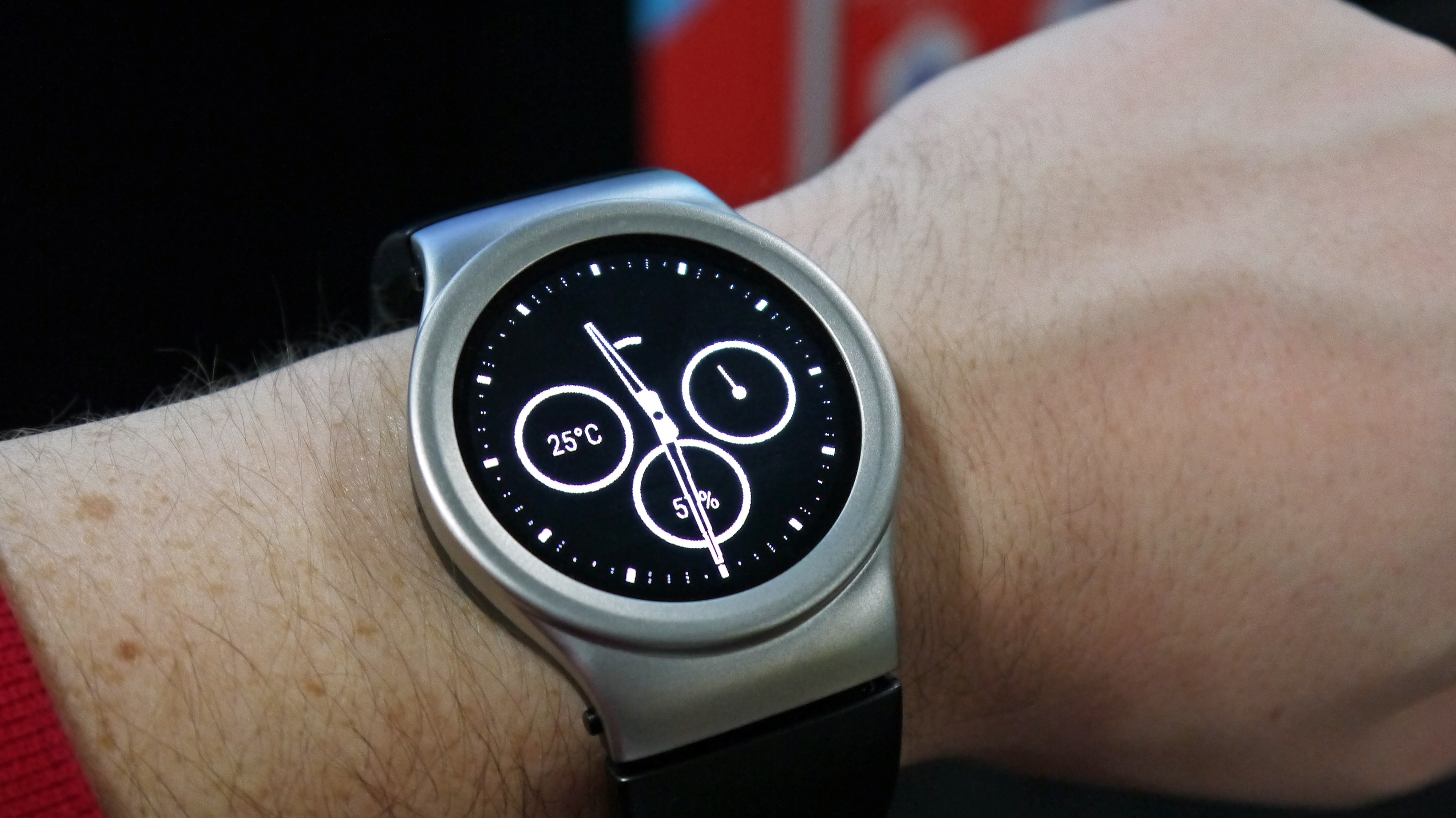

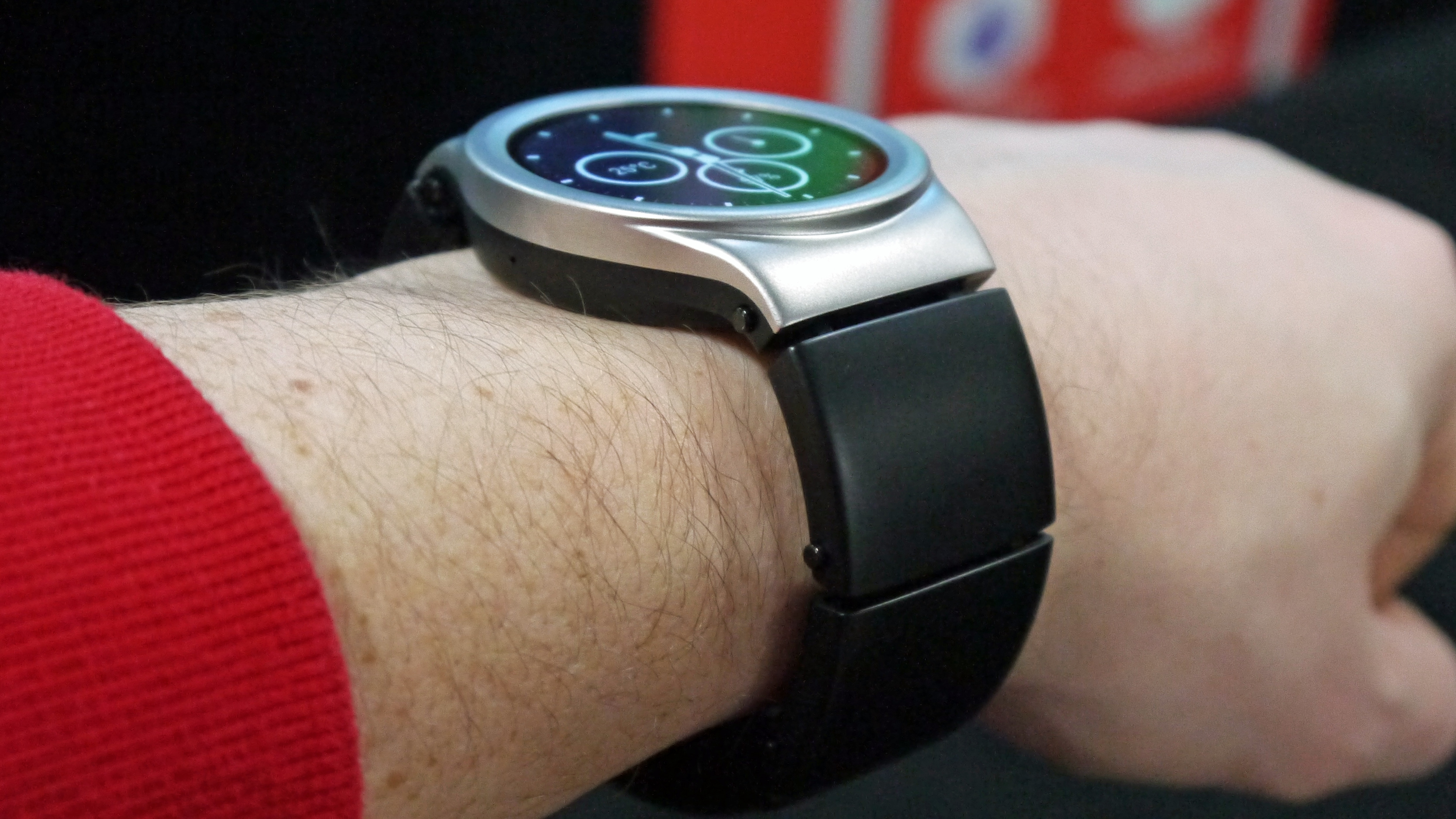
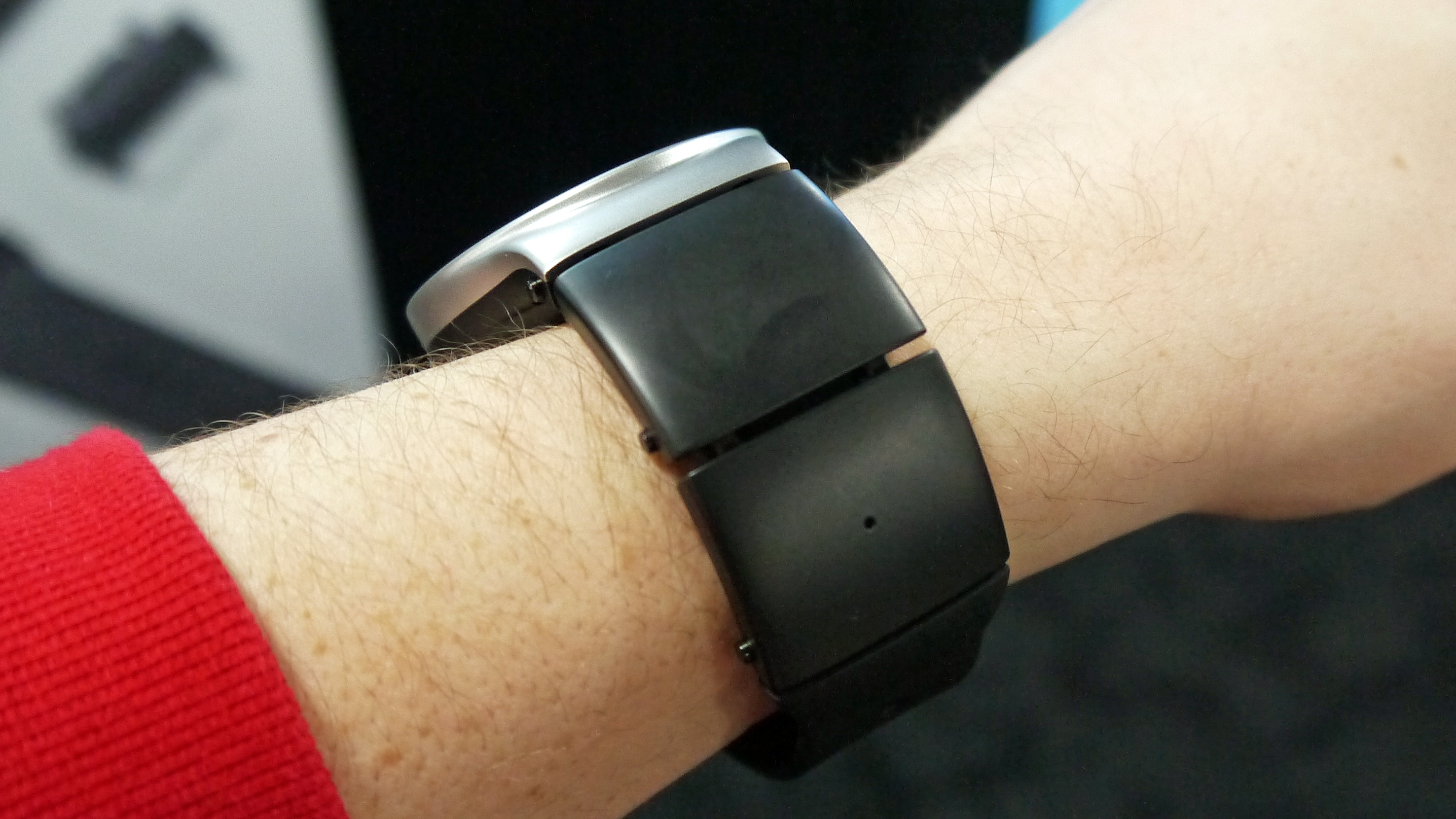
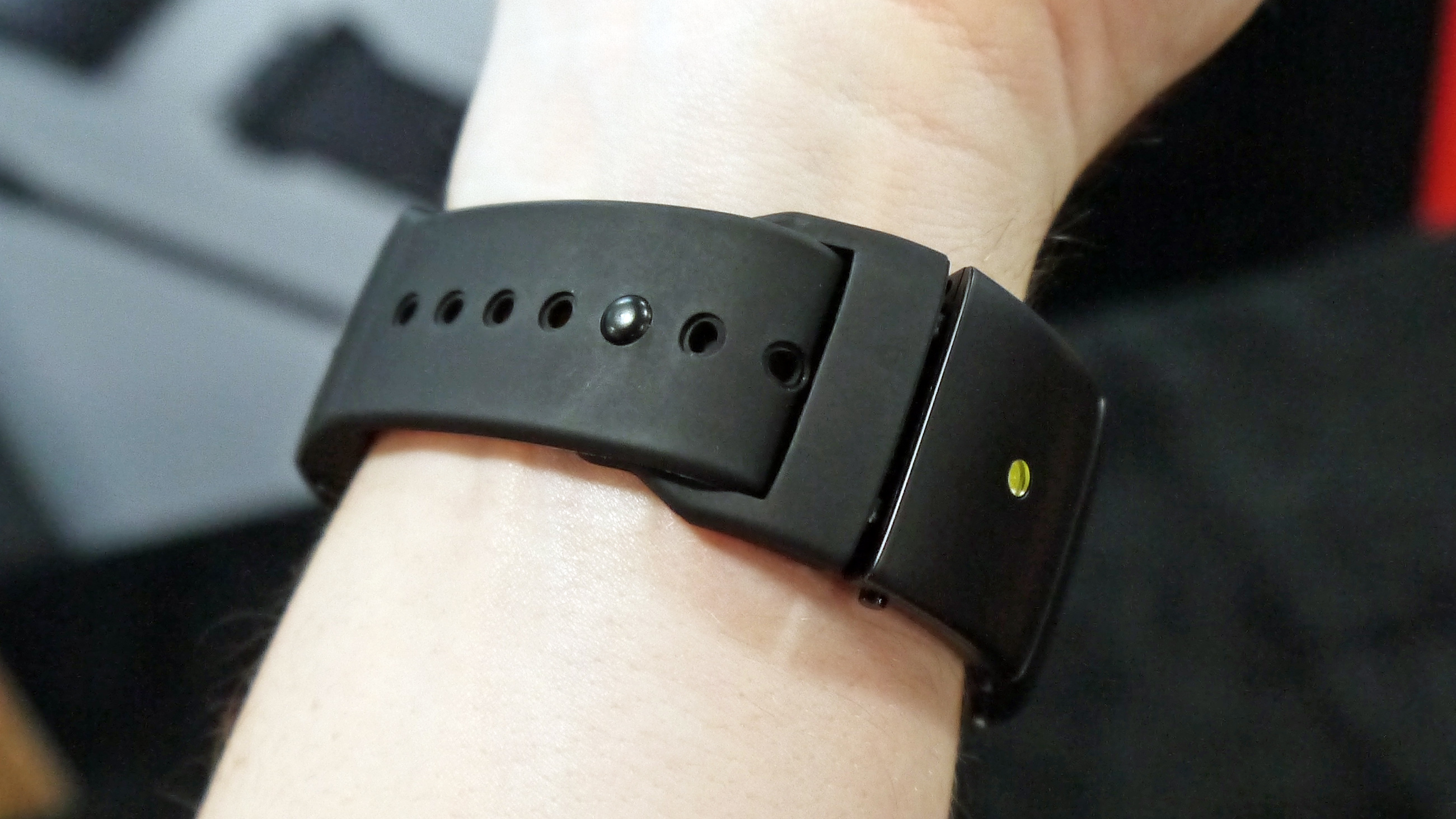
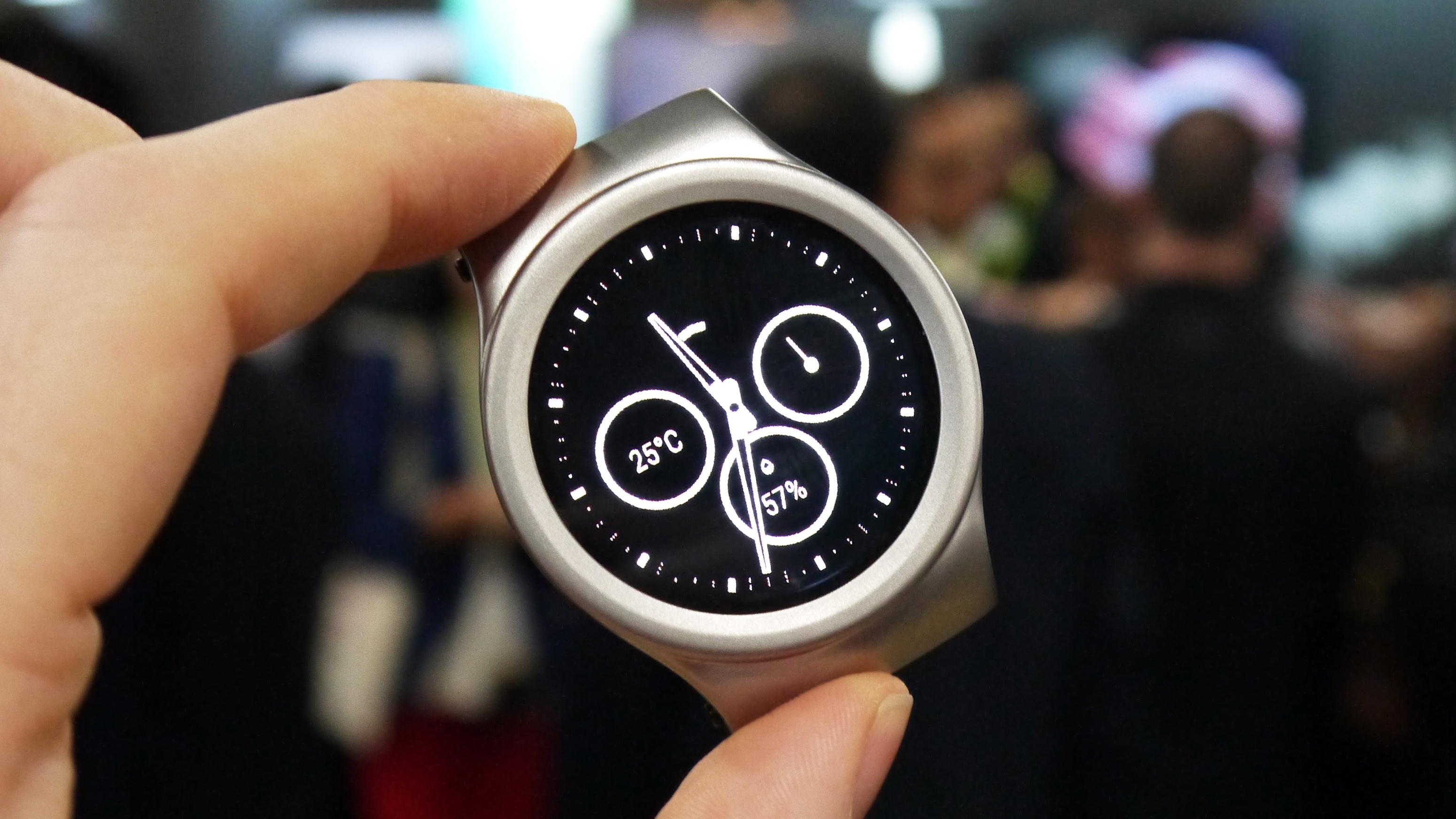
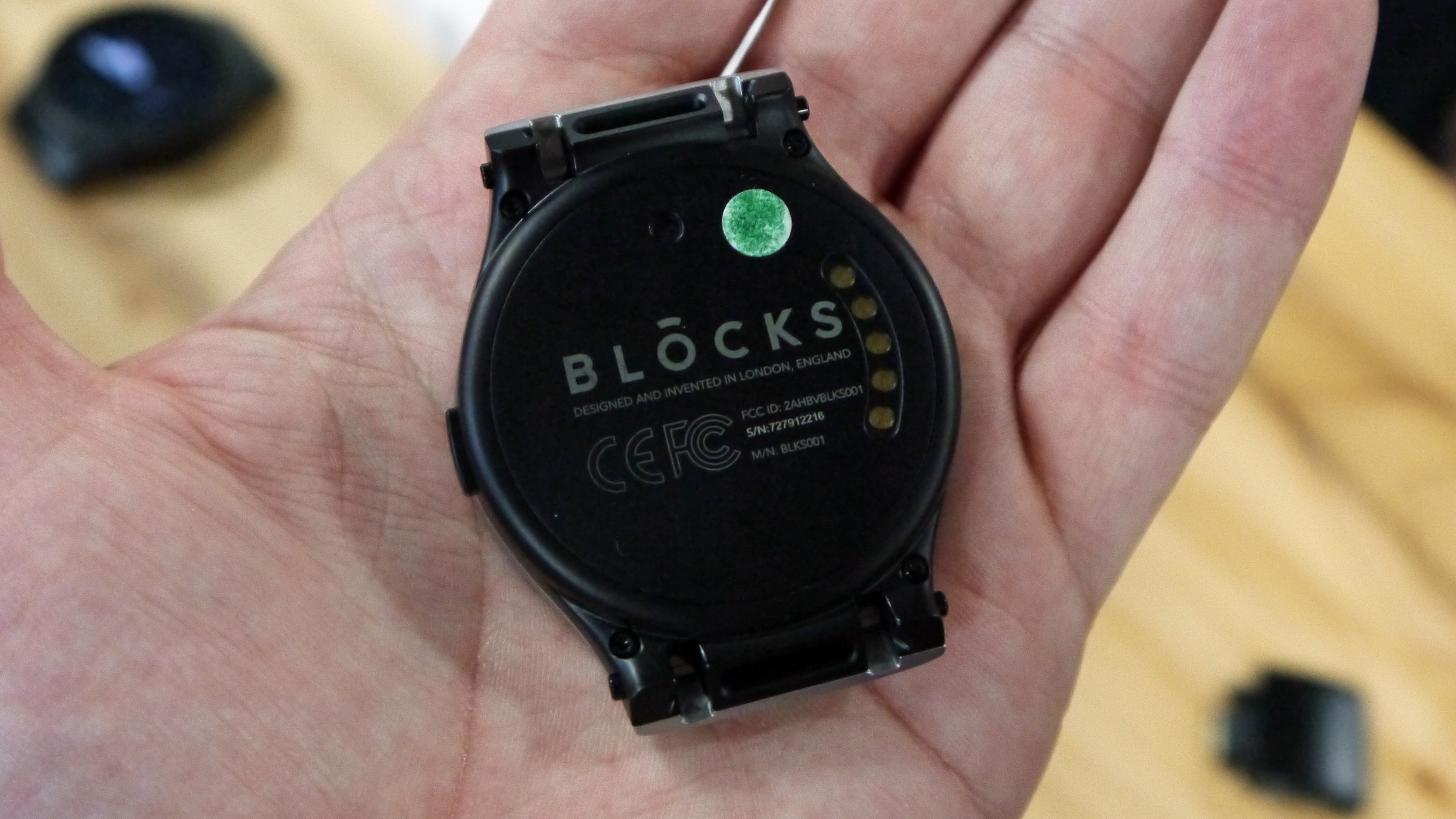

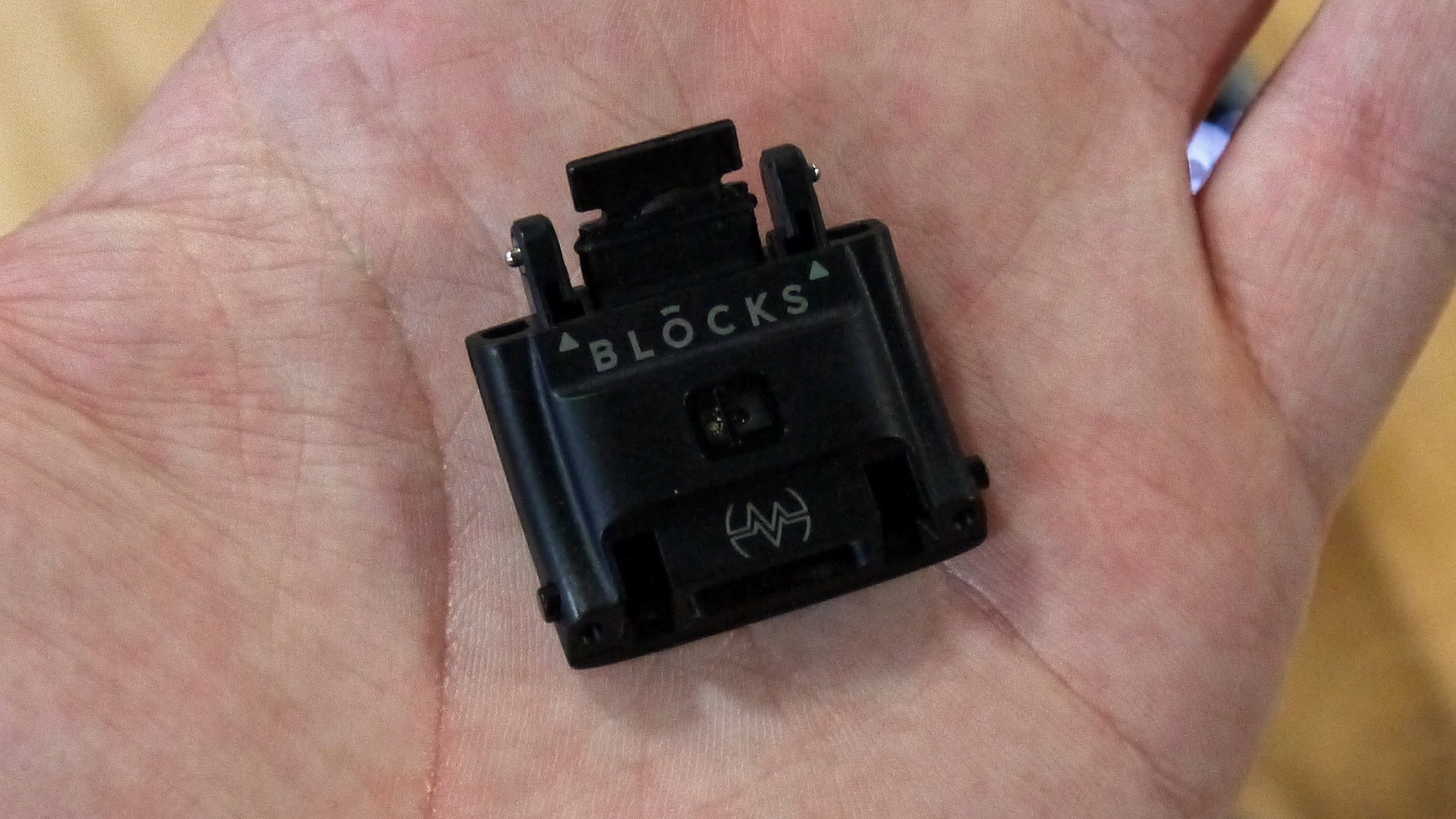

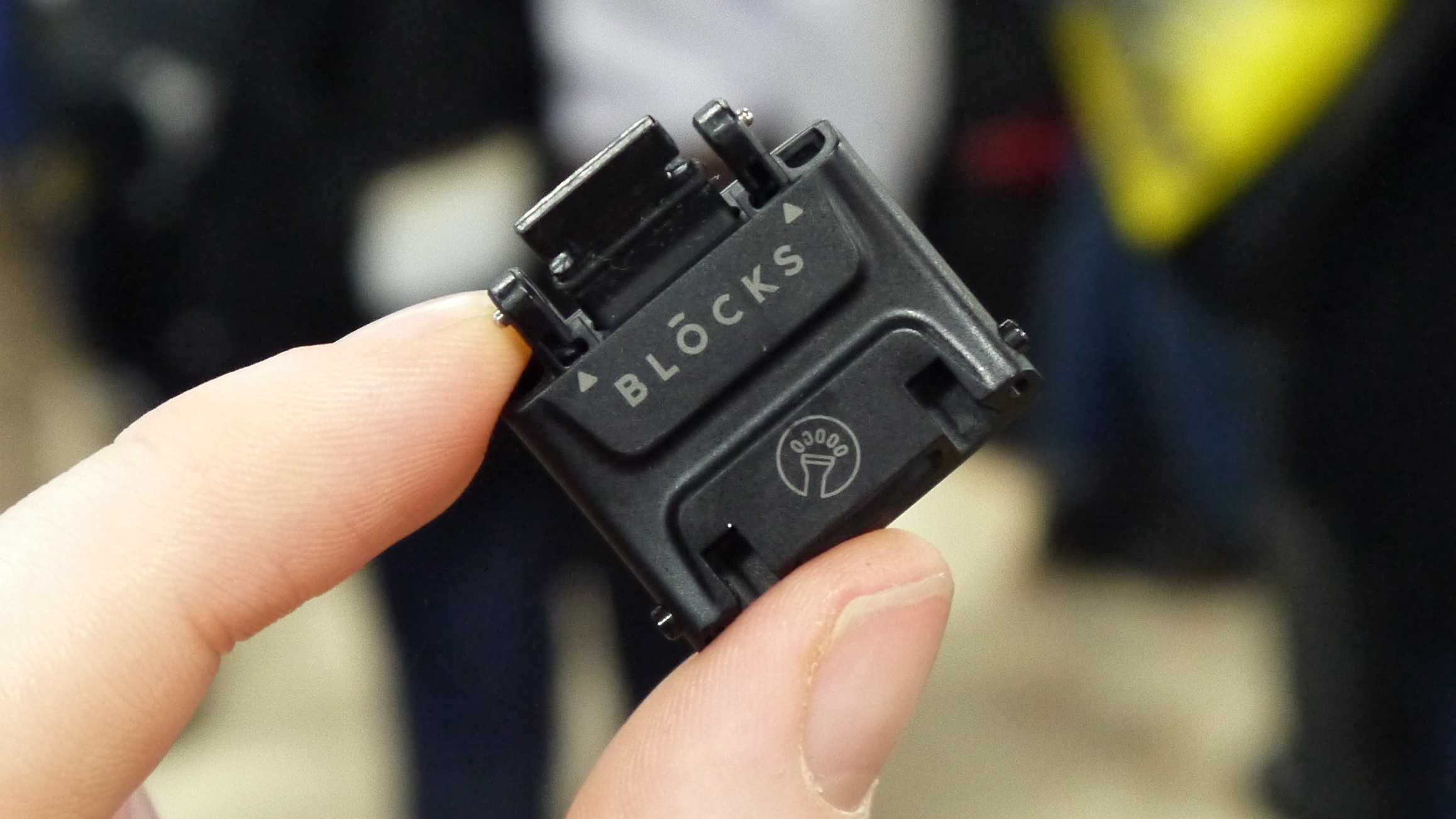
Display, interface and performance
The Blocks Core has a circular 1.39-inch touchscreen with a resolution of 400 x 400, providing clear, detailed information.
On screen you'll find it runs Android 8 Oreo, and not Google's dedicated wearable platform, Android Wear.
Blocks couldn't use Android Wear, as the software didn't allow it to develop code for its modules, so instead the Core runs the full version of the operating system - the one you find on phones.
What it means is that you can technically download any app from the Play Store (and any Android APK) onto the watch - although many won't scale to the screen size and shape. Games such as Flappy Bird work fine though.
The interface is slightly different too. From the watch face you swipe up to get to the app list, swipe sideways to scroll through the watch face widgets and long press a widget to chance the information show in that particular section.
It's all fairly intuitive, and the quad-core MediaTek chipset and 512MB of RAM do a good enough job of keeping everything running.
You also get all the standard smartwatch features including smartphone notifcations on your wrist, the ability to read messages and reply to texts, weather, stopwatch, timer and acitivity tracking.
Something additional that's been built into the Blocks Core is Amazon's Alexa smart assistance. All you need to do is launch the app from the complications or long press the power button, and then bark your command, question or task at her.
In terms of battery life, without modules Blocks says you'll get up to 40 hours use from a single charge of the 350mAh battery.
However, add modules and battery life will drain quicker - especially if you're using the GPS or heart rate modules extensively.

Early verdict
The Blocks Core is an exciting step forward for the wearable market, with innovative technology that holds an awful lot of potential.
It's still very much a first generation device, and you'll have to compromise on style in return for an awful lot of substance. However, if Blocks can expand the number of different modules rapidly this could be one of the breakout hits of the year.
- New year, new tech – check out all our coverage of CES 2018 straight from Las Vegas, the greatest gadget show on Earth

TechRadar's former Global Managing Editor, John has been a technology journalist for more than a decade, and over the years has built up a vast knowledge of the tech industry. He’s interviewed CEOs from some of the world’s biggest tech firms, visited their HQs, and appeared on live TV and radio, including Sky News, BBC News, BBC World News, Al Jazeera, LBC, and BBC Radio 4.
What is a hands on review?
Hands on reviews' are a journalist's first impressions of a piece of kit based on spending some time with it. It may be just a few moments, or a few hours. The important thing is we have been able to play with it ourselves and can give you some sense of what it's like to use, even if it's only an embryonic view. For more information, see TechRadar's Reviews Guarantee.
